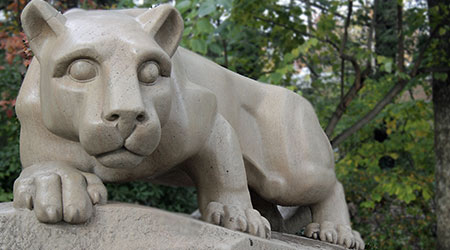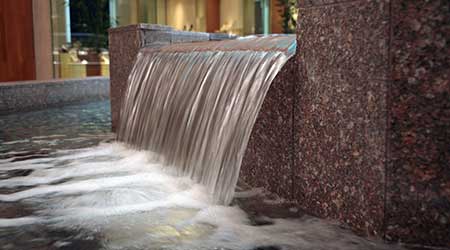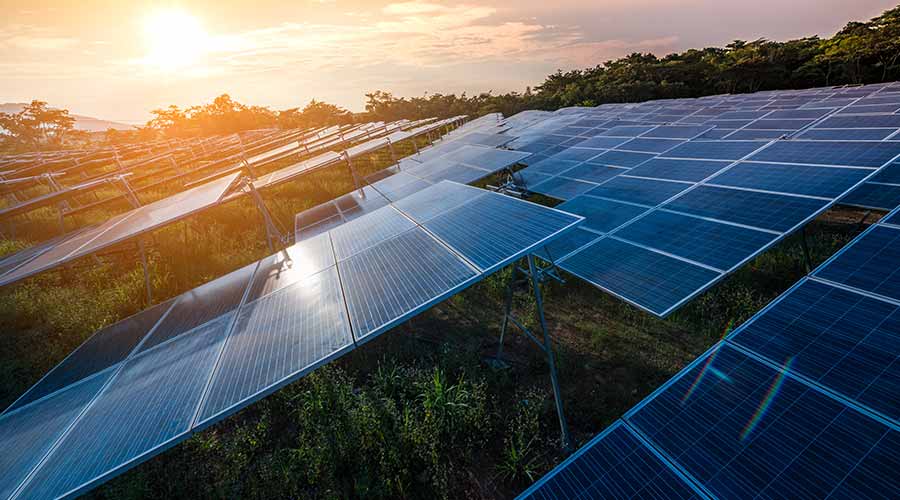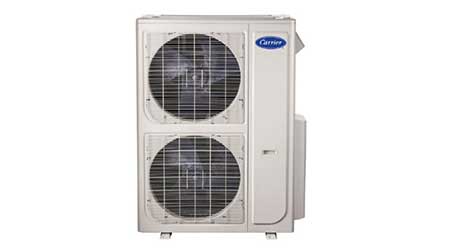
Penn State Cuts Greenhouse Gas Emissions by One-Third
October 30, 2019
Cutting the greenhouse gas emissions from an institutional or commercial facility is not a linear process, and it’s not an easy one, either. Maintenance and engineering managers involved in such projects know too well that progress generally comes after a lengthy process of upgrading aging technology, revamping wasteful practices and educating building occupants and visitors.
That’s what makes success stories so rewarding, such as the situation at Penn State University, which has drastically reduced its greenhouse gas emissions since 2004, despite a growth in enrollment, according to National Public Radio.
In the struggle to end global warming, one community in central Pennsylvania is having remarkable success. It’s growing, with tens of thousands of people, yet its greenhouse emissions have been dropping dramatically. Perhaps most amazing: Those reductions have paid for themselves. This is not a typical town — it's Penn State. But in many ways, it's just like any other town or small city.
"We've got 600 major buildings here, over 22 million square feet," says Rob Cooper, Penn State's senior director of engineering and energy. "We have our own water system, our own wastewater plant." Most buildings are heated by steam from two gas-burning plants, delivered through miles of underground pipes. About 14,000 people live on campus. Roughly 65,000 people work or take classes here. Tens of thousands more show up to watch football games.
Penn State's greenhouse emissions are now down by a third, compared with the peak in 2004. In a few years, with solar power rolling in, they will likely be down by almost 50 percent. For comparison, total carbon dioxide emissions from burning fossil fuels in the United States peaked in 2007 and have since fallen by 12 percent.
Dan Hounsell is editor-in-chief of Facility Maintenance Decisions.
Next
Read next on FacilitiesNet












